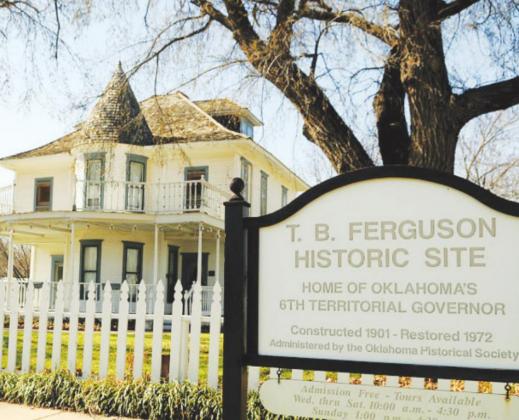Hope everyone had a Merry Christmas and was able to spend time with family and friends.
There weren’t any visitors through the Home this week because of Christmas.
In the early years most of the county seat towns were supplied by stage lines and star routes. There was no way for a daily paper to reach the community and very few settlers could afford to pay for a daily paper. Star routes were established by the government from railroad points westward to county seat towns. There the mail was collected and placed in sacks for rural post offices along the way. The mail carrier made the trip three times a week in a covered wagon. If the weather was bad, he arrived not on a government schedule but whenever he could. He always carried a gun for protection because there was always a chance of being robbed. The mail carrier not only carried mail but news from the outside world. The roads were mostly trails. With poor ink sometimes by the time the newspaper made it to the destination it couldn’t hardly be read and you would have to read between the lines to figure out what was being said.
The Curtin family donated Mr. Ferguson’s Oliver typewriter to the museum. I’ve wondered if he brought it with him when they came to Watonga. Thomas Oliver, the inventor of the Oliver typewriter, moved to Iowa from Woodstock, Ontario, Canada to be a Methodist Minister. In 1888 he started to make his own typewriter as a way to make his weekly sermons more legible. He left the ministry and built his first factory in Iowa. His typewriters were for home use. Later the factory moved to Chicago where over a million Olivers were produced. They were solidly built and typed smoothly. The first ones sold for $95.00. Isn’t it a nice coincidence Governor Ferguson was also a Methodist Minister and stepped down to became newspaper editor then went into politics?
Our hours are Wednesday through Saturday 10:00 am to 3:00 pm.
Hope you have a safe New Year.

